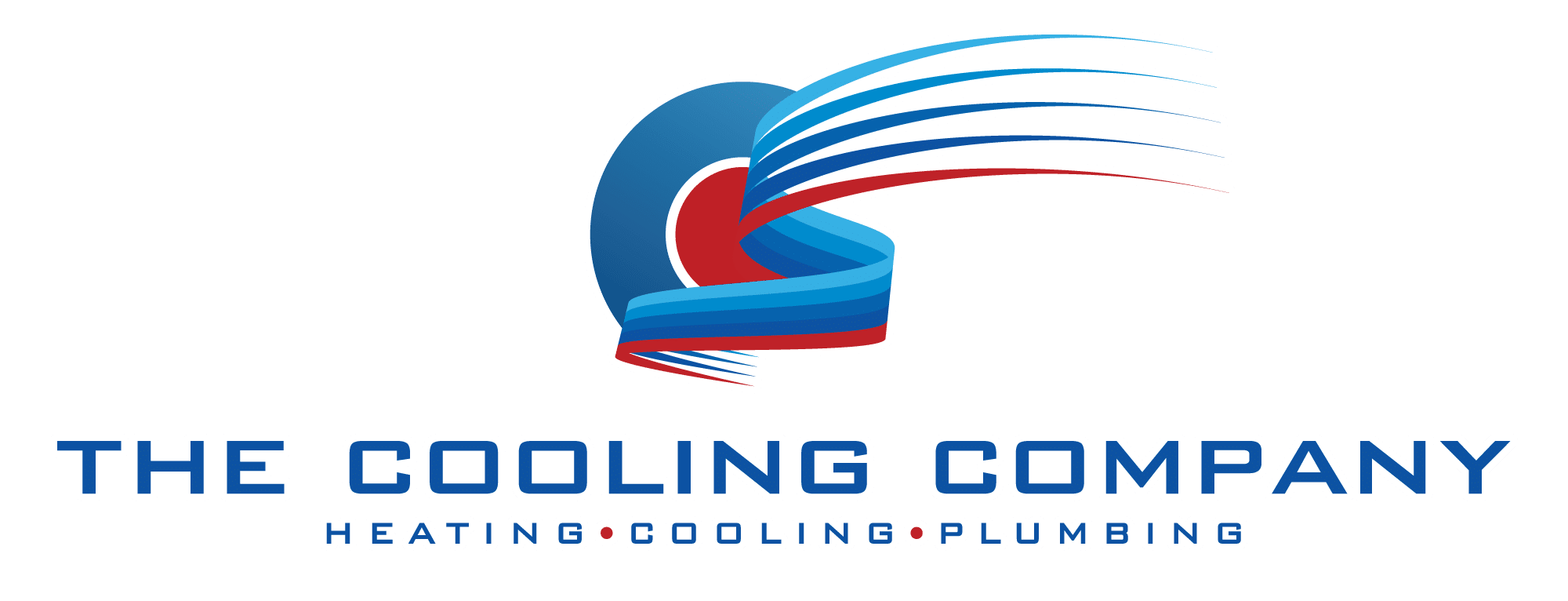A clear, practical guide to keeping repair costs under control—without cutting corners.
What Actually Drives HVAC Repair Costs
Understanding the cost levers helps you spot fair pricing and decide where to save:
- Labor: Rates vary by region, time of day, and experience. After‑hours calls and emergency dispatch increase costs.
- Parts: Common components (filters, capacitors, contactors) are generally modest; motors, control boards, and specialty parts cost more.
- Complexity: Simple fixes (loose connections, clogged drains) are quick; refrigerant leaks, duct issues, or control diagnostics take longer.
- System age & condition: Older, poorly maintained systems often require multiple parts or deeper cleaning, adding time and cost.
- Accessibility: Tight attics, rooftops, or blocked panels increase labor time even for straightforward repairs.
“Affordable” ≠ “Cheap”: How to Save Without Sacrificing Quality
Cutting the wrong corners often leads to repeat calls, higher energy bills, or even warranty headaches. Aim for value:
- Prioritize the root cause, not symptoms. Replacing a failed capacitor might help, but if the blower motor is overheating due to poor airflow, you’ll be back soon.
- Choose verified parts. Manufacturer‑approved or equivalent‑quality components protect efficiency and warranties.
- Document the repair. Photos, readings, and notes help with future diagnostics and warranty claims.
For homeowners who want a simple benchmark, look for companies that explain why a repair is needed, show the failed part, and provide options (repair today, stabilize now and return with parts, or consider upgrade if appropriate).
Common Repairs That Can Be Affordable (If Caught Early)
- Airflow & filtration fixes: Dirty filters, blocked returns, or closed registers strain motors and can freeze coils. Easy to prevent, inexpensive to correct.
- Capacitors & contactors: Frequent culprits in no‑cool calls. Quick to diagnose and replace when caught early.
- Condensate drain clogs: Algae and debris cause overflows and shutoffs. Clearing the line is low‑cost compared to water damage repairs.
- Thermostat issues: Miswiring, dead batteries, or failing sensors can mimic bigger problems. Proper testing keeps this affordable.
- Ignition/heat issues (furnace): Flame sensors and igniters often need cleaning or replacement; ignoring them can lead to repeated lockouts.
Small problems turn expensive when they’re ignored. If performance changes—new noises, longer cycles, warm air—act quickly.
DIY That Helps (and Where to Stop)
Safe, money‑saving DIY
- Replace or clean filters on schedule (often every 1–3 months).
- Keep 2–3 feet of clearance around the outdoor condenser; gently rinse debris off fins.
- Vacuum supply/return grilles and ensure registers aren’t blocked by furniture or rugs.
- Flush the condensate line through the access tee with diluted vinegar to deter algae.
- Verify thermostat settings (cool/heat mode, fan auto, reasonable setpoints).
Stop here—call a pro
- Electrical components (capacitors, contactors, wiring) and control boards.
- Gas combustion issues, burner cleaning, or heat exchanger concerns.
- Refrigerant handling, charging, or leak detection.
These repairs require proper tools, training, and safety procedures. DIY attempts can void warranties or even create hazards. If you want safe, budget-friendly tasks you can handle yourself, check out our AC troubleshooting guide for tips that work for most cooling and heating systems.
Maintenance: The #1 Strategy for Affordable Repairs
Preventive HVAC care is the easiest way to keep repair costs low. A tune‑up catches weak parts before they fail in peak season (when emergency rates apply) and keeps efficiency high:
- Cooling season tune‑up: Coil cleaning, drain flush, electrical checks, airflow verification, temperature split readings.
- Heating season tune‑up: Burner/ignition cleaning, safety control tests, blower inspection, heat exchanger review.
Annual or biannual visits also create a service history—useful for warranty support and resale value.
Energy Efficiency = Lower Lifetime Repair Costs
Systems that work less, break less. Improving efficiency reduces run time and stress on components:
- Right‑size expectations: Reasonable thermostat setpoints avoid round‑the‑clock operation that wears out parts.
- Air sealing & insulation: Tighten the envelope so conditioned air stays inside; your system cycles less and lasts longer.
- Duct sealing & balancing: Leaky or imbalanced ducts create hot/cold rooms and motor strain. Sealing and proper airflow pay off quickly.
- High‑efficiency equipment: If you’re nearing replacement, compare efficiency ratings and features (staging, variable speed) to reduce long‑term costs.
How to Compare Quotes (Without Getting Burned)
Collecting multiple estimates is smart—but only if you know how to read them. Here’s what to look for:
- Clear diagnosis: The estimate should state what failed and why.
- Itemized parts & labor: Transparent line items make it easier to compare vendors.
- Good/Better/Best options: Choice empowers you to match budget with outcomes.
- Warranties & guarantees: Note parts and labor coverage length and what’s included.
- Availability & lead times: A low price isn’t helpful if the part arrives in two weeks during a heat wave.
If one quote is far cheaper, ask why. It might omit key steps (like evacuating a system properly before a refrigerant charge) that protect performance and longevity.
Financing, Promotions, and Rebates
Repairs don’t always strike at convenient times. Look for:
- Payment plans: Many companies offer low‑APR or same‑as‑cash financing on qualifying repairs.
- Manufacturer promos: Seasonal incentives can reduce costs on parts or paired upgrades.
- Utility rebates: Some utilities offer credits for efficiency upgrades (smart thermostats, high‑efficiency equipment, duct sealing).
Keeping your home comfortable shouldn’t mean stretching your budget. That’s why we offer flexible HVAC financing options to spread out costs and make essential repairs or upgrades more manageable. You can also take advantage of our current HVAC rebates, helping you save even more while improving efficiency.
Repair vs. Replace: When “Affordable” Means Moving On
There’s a point where another repair isn’t the most affordable option. Consider replacement when:
- The system is near end of life and failures are frequent.
- Major components (compressor, heat exchanger) fail outside warranty.
- Energy bills are rising even after maintenance and minor fixes.
- Your home has comfort issues (hot/cold rooms, humidity problems) that repairs haven’t solved.
A trusted contractor can model payback by comparing the cost of repeated repairs and high utility bills to the savings from a properly sized, efficient replacement.
Quick Checklist: Making HVAC Repairs More Affordable
- Change filters on schedule and keep vents clear.
- Flush the condensate line at least once per cooling season.
- Schedule pre‑season tune‑ups to catch issues before peak rates and long waits.
- Ask for itemized estimates with clear diagnostics and options.
- Use documented maintenance to support parts/labor warranties.
- Consider efficiency upgrades (duct sealing, insulation, smart controls) to reduce wear.
Anchor ideas for your site: Link smart thermostat setup and indoor air quality options where relevant to deepen the content hub.
Ready to Keep HVAC Repairs Affordable?
Get a straightforward diagnosis, clear solutions, and repairs done right the first time. Discover how The Cooling Company can make affordable HVAC repair a reality—without cutting corners on safety, quality, or comfort.



